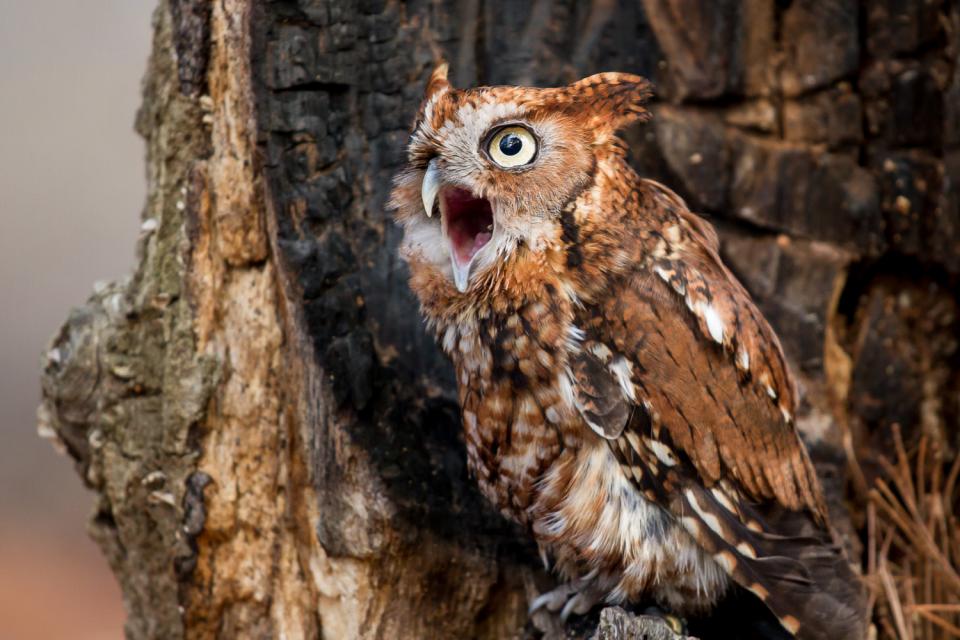
Eggleston reveals a vacant shop, as he looks across its empty space. To the left edge of the frame, a female employee behind a counter of doughnuts and pastries glances at the camera, acknowledging the photographer's presence. With his hands in his pocket and legs askew, he looks boringly out the shop window, completely unaware of the photographer. Shot straight on, a boy leans against shelves stacked with wares, next to a refrigerated section. In this early work, Eggleston captures a scene inside a convenience store. His insider view allowed him to create a collective picture of life in the South, capturing how it transformed from a rural into a suburban society.Įggleston began his career shooting in black and white, at a time when black and white photography had begun to be accepted as an art form - largely due to the efforts of greats such as Henri Cartier-Bresson, Robert Frank, Gary Winogrand, and Diane Arbus.


His non-conformist sensibilities left him open to explore the commercial printing process of dye transfer to see what it could contribute to picturing reality in color rather than the selling of lifestyles, concepts, and ideas. Color has a multivalent meaning for Eggleston: it expressed the new and the old, the banal and the extraordinary, the man-made and the natural.Although his compositions were carefully considered, their association with family photographs, amateur photography, as well as Kodak's Brownie camera (which was useable by everyone) lent his work the proper proportions and personal attitude toward the impersonal everyday.



 0 kommentar(er)
0 kommentar(er)
